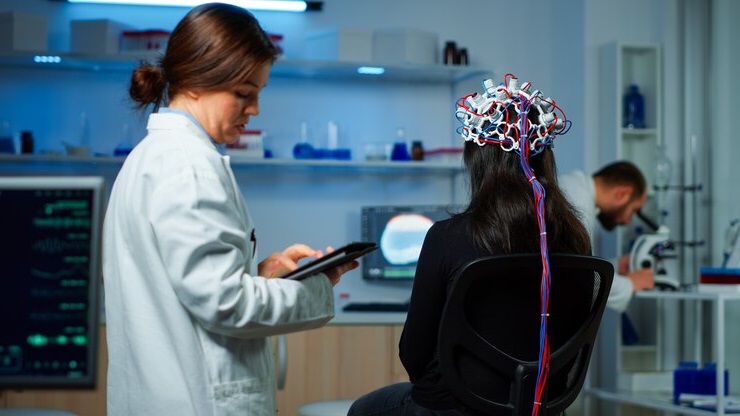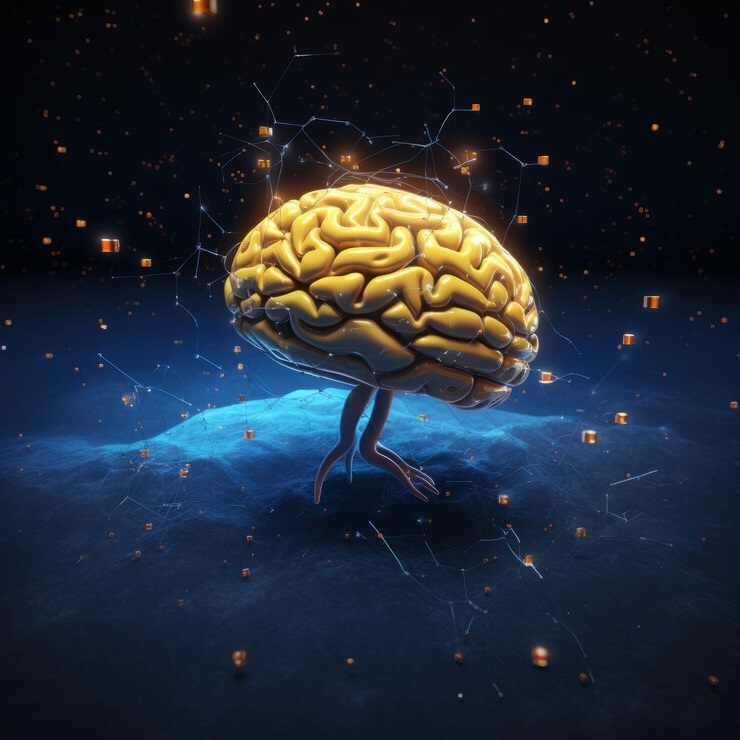
Brain waves are the electrical impulses generated by the brain as it communicates and processes information. Monitoring brain waves can provide valuable insights into the functioning of the brain and help diagnose various neurological conditions. In this article, we will explore the purpose of monitoring brain waves and how it can be done using a brain wave monitor.
What is the purpose of monitoring brain waves?
Monitoring brain waves serves several important purposes in the field of neuroscience and medicine. Let’s take a closer look at some of these purposes:
To diagnose nervous-system abnormalities
One of the primary purposes of monitoring brain waves is to diagnose nervous-system abnormalities. By analyzing the patterns and frequencies of brain waves, doctors and neurologists can identify any irregularities or abnormalities that may be indicative of neurological disorders such as epilepsy, sleep disorders, or brain tumors. This information is crucial for accurate diagnosis and treatment planning.
Brain wave monitoring can also help in the evaluation of brain injuries, such as traumatic brain injury (TBI). By monitoring the brain waves, doctors can assess the extent of the injury and track the progress of recovery over time. This information is essential for determining the appropriate course of treatment and rehabilitation.
To diagnose hearing losses, especially in low-birth weight newborns
Another important application of brain wave monitoring is in diagnosing hearing losses, particularly in low-birth weight newborns. Newborns who are at risk of hearing loss, such as those born prematurely or with certain medical conditions, can undergo a test called auditory brainstem response (ABR) to assess their hearing abilities.
During an ABR test, electrodes are placed on the baby’s scalp, and the brain wave monitor records the electrical activity in response to sound stimuli. By analyzing the brain wave patterns, audiologists can determine if there are any abnormalities in the auditory pathways of the brainstem, which may indicate hearing loss. Early detection of hearing loss is crucial for timely intervention and appropriate management.
To assess neurologic functions
Monitoring brain waves is also used to assess various neurologic functions. For example, in cognitive neuroscience research, brain wave monitoring is often employed to study attention, memory, and other cognitive processes. By analyzing the brain wave patterns associated with different cognitive tasks, researchers can gain insights into how the brain processes information and how different areas of the brain interact.
In a clinical setting, brain wave monitoring can be used to assess the effectiveness of treatments for neurological conditions. For example, in individuals with epilepsy, monitoring brain waves can help determine if anti-seizure medications are effectively controlling the seizures. If the brain wave patterns indicate ongoing seizure activity, adjustments to the medication regimen can be made to improve seizure control.
To evaluate the central auditory pathways of the brainstem
The central auditory pathways of the brainstem play a crucial role in processing sound information and transmitting it to the brain for interpretation. Monitoring brain waves can provide valuable information about the integrity and functioning of these pathways.
By analyzing the brain wave patterns in response to auditory stimuli, audiologists and neurologists can assess the efficiency of the central auditory pathways. This information is particularly useful in diagnosing auditory processing disorders, which are characterized by difficulties in processing and interpreting auditory information.
In conclusion, monitoring brain waves using a brain wave monitor is a valuable tool in diagnosing nervous-system abnormalities, assessing hearing losses, evaluating neurologic functions, and evaluating the central auditory pathways of the brainstem. By analyzing the patterns and frequencies of brain waves, doctors, audiologists, and researchers can gain valuable insights into the functioning of the brain and provide appropriate interventions and treatments.





